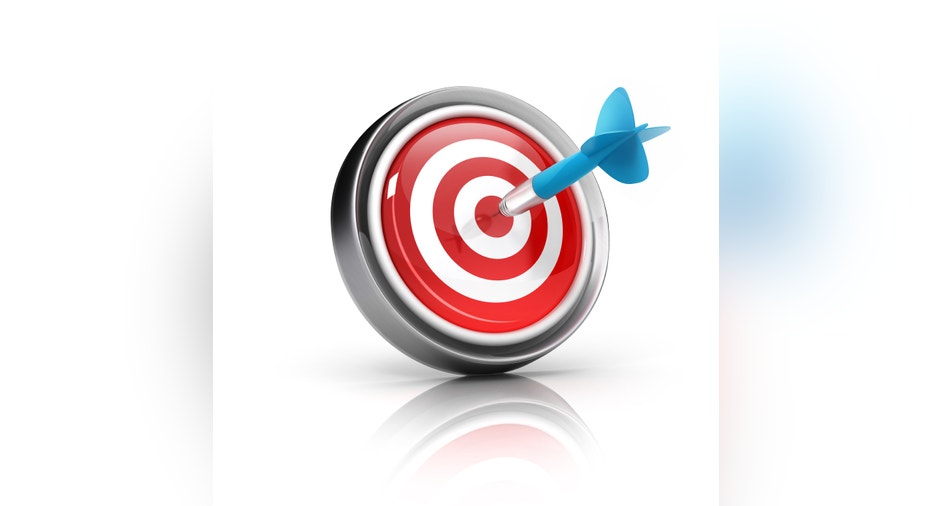The Big Marketing Shift

From the way consumers shop to how brands manage their reputations, nearly everything about marketing channels and tactics has changed in the last five years.
Marketing is how businesses develop and power customer relationships, and nothing about that fact has changed over the decades. But thanks to the Internet and the economy, over the past few years the toolbox has been completely rearranged.
As the author of a small shelf of marketing books, I’ve had a firsthand role in chronicling the changes, and I can say with certainty that everything about how small businesses reach, motivate and prompt consumer actions has shifted — dramatically.
One decade ago
I first wrote “Small Business Marketing for Dummies” in 2001,when online marketing was considered territory for small-business outliers. I recruited a tech expert to help write four chapters on the topic, which I introduced as “the newest and most mysterious component of small-business marketing programs.” Sounds archaic now, doesn’t it?
Six years ago
By 2006, the book’s second edition didn’t need to tell marketers that getting online was necessary. The majority of small businesses lacked websites, but two-thirds had Internet access, and most had moved traditional media ads to the margins of their marketing plans.
Responding to the small-business shift toward digital communication, I consolidated information about mass media advertising into a three-chapter section of the book (that most readers skipped over), introduced by a cartoon captioned, “Okay, so maybe the Internet wasn’t the best place to advertise a product that helped computer-illiterate people.”
Marketing as we now know it
Weeks ago, the third edition of my book hit bookstores and sites. Typically, a new edition involves a 30-percent update. But in this new edition, I can count on one hand the number of pages that needed no alteration.
The book is now titled “Small Business Marketing Kit for Dummies,” and about the only information that remains unchanged is the definition of marketing and the steps involved in writing a marketing plan.
Marketing is still the process through which you get and keep customers, and a marketing plan still defines your market situation, goals and objectives, target audience, position and brand, and the strategies, tactics and budget you’ll employ to achieve success. But how you market — how you contact, communicate with, and influence customers — has been turned upside down. Here’s how:
- Customers are screen-connected and empowered with information and the opportunity to amplify their opinions. They expect to find your business online and on mobile devices. They expect high levels of interaction and response. They expect flawless customer experiences and service, which they reward with their purchases, loyalty and positive reviews.
- Media channels are opening, closing and adapting to the fact that consumers are channel-agnostic. They expect to find and interact with businesses onlineand offline. They expect ads to include website addresses. They expect websites to offer click-to-call and location directions. They expect online purchases to be serviced at physical outlets. They expect an identical brand experience — a single presentation of your name, logo, marketing message, brand promise and customer service — everywhere they encounter your business.
- Marketing messages pull rather than push. One-way messages, where advertisers talk and expect consumers to react, are marketing dinosaurs. Whether the objective is new customers, opportunities or publicity, marketers convey useful, entertaining or educational information that inspires and pulls interest to a business website or landing page, often prompting consumer-to-consumer sharing in the process.
Quoting inbound-marketing pioneer HubSpot: Push marketers buy, beg or bug their way in, while pull marketers earn their way in with valuable content that customers find, share, and act upon — at a fraction of the price.
- Reputations are made and maintained online. More people form opinions based on search results and reviews than on what they learn from marketer-produced messages. Building a Web presence and links to pages with positive, credible and current information is a marketing requirement.
- You have seconds to win consumer attention. On social media you get about 20 words. In person you have less than 30 seconds. And everywhere you need to convey a consistent and immediately compelling image, which is reinforced with every subsequent encounter with your business.
How to proceed? Start by defining your marketing goal, your target audience and the media channels those in your target audience use. If you don’t have one, create a website and a mobile version of your website. Become a networker — online and offline. Deliver an invariably positive customer experience. Pull customers in with messages that inspire interest and invite interaction. Listen, respond, thank, repeat.That’s how today’s marketers launch relationships that lead to sales, loyalty and success.
For detailed steps on how to get your business active online, watch our webinar entitled “Become a Brand Magnet.”
? Business on Main. Sign up for our Main Street Authority newsletter to get articles like this delivered monthly to your inbox.